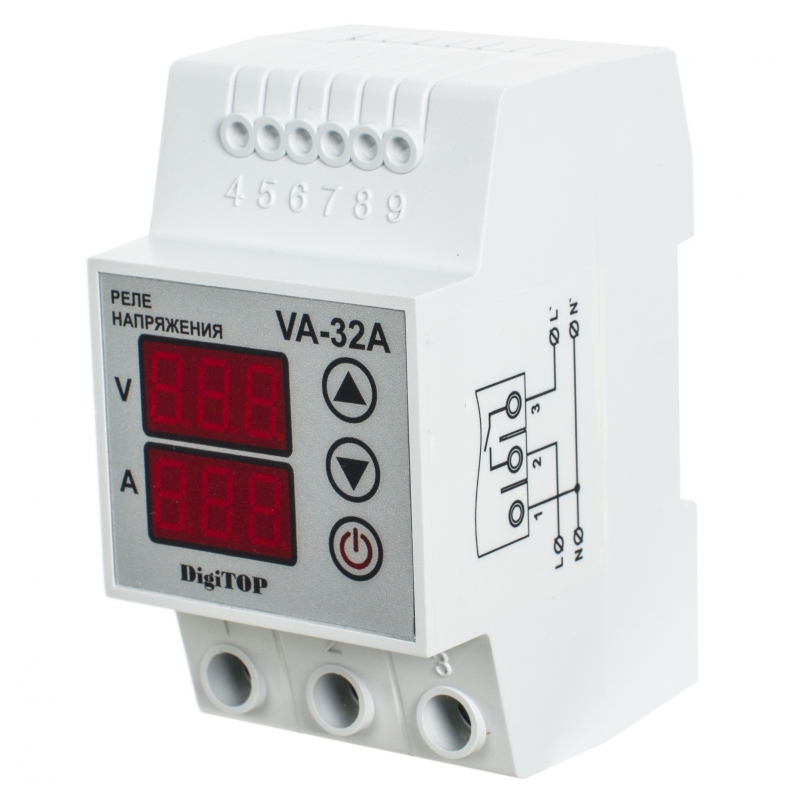Bursting light bulbs in a chandelier - 6 causes and solution
Any bulb can burn out right after installation, regardless of type or price. If the situation repeats regularly, it's time to figure out why it happens. The cause is often not a defective lamp, but a wiring problem that can cause overheating or a voltage spike.
To figure it out, you have to deliberately create the conditions under which this happens and find out the exact cause. Without the skills of an electrician it is difficult to do this. Therefore, it is better to study the signs of a particular malfunction.
Causes of failure
There are 6 most common causes of an exploding light bulb:
- Defects committed at the manufacture.
- Incorrect choice of power.
- Overheating.
- Damaged contacts.
- Poor ventilation of the light bulb.
- Voltage spikes.
In Soviet times, an increase in pressure in a light bulb could provoke a depressurization of the bulb containing a vacuum. Modern products are pumped inert gas, which is necessary to regulate the pressure during operation.
Manufacturer's defect
To guard against defective products, it is enough to refrain from buying cheap LED and other varieties of lamps. A common defect that is allowed in the production is as follows:
- The drivers of an energy-saving or LED lamp are of poor quality. Cheap devices are characterized by insufficient life of circuit elements. To recognize this cause, you need to consider the weight of the bulb when choosing it: it should not be too light;
- poorly made bulb. If there are glass irregularities near the base, this can lead to cracks and depressurization;
- changes made to the LEDs. To make money on gullible customers, the manufacturer can change the operation of the driver, which will affect the intensity of luminescence and power consumption. The first few days it will shine brightly, then the LEDs will burn out;
- unevenly applied adhesive, which fastens the base and bulb. The explosion in this case can be provoked by overheating.
These flaws can be detected visually. Such a lamp is unusable. If the lamp has small scratches, cracks or air bubbles inside, you should refuse to use or buy it. The rarest type of defect is a deformed base. If the damage was noticed at home, it is necessary to screw in the bulb, the buyer has 2 weeks.
Overheating
Overheating is the most common cause of exploding incandescent bulbs. The adhesive used in production can withstand high temperatures, but it has its own limit. To avoid getting into this situation, you need to check the bulb for manufacturing defects.
Ventilation of the plafond.
In this case, the destruction of the bulb occurs due to the lack of special ventilation holes. Therefore, the bulb heats up and bursts.
If the lampshade will look up, the heated air as a result of combustion will rise to the ceiling and be replaced by cold air.
This natural circulation will keep the product from overheating. But when the plafond is mounted vertically and the bulb looks down, the heated air will create excess pressure. This will not allow the cold currents to approach the plafond. The next step will be the destruction of the glue and the explosion of the bulb.
Voltage in the network
LED bulbs are equipped with special stabilizing elements, which, together with a protection system, can fight short-term sharp voltage spikes. Even working at a higher current, after a spike, the light will continue to work. But this can affect its service life.
Incandescent bulbs operate without such protection, so the voltage will be directed to the product itself and the bulb will take the hit. Burnout or explosion occurs in most cases because the chandelier does not have a voltage regulator.
The problem is in the contacts
To prevent the bulb from bursting due to bad contacts, check for fouling and oxidation after replacement. If damage is present, it is repaired by stripping, replacing the cartridge or installing a special insert. Destruction occurs because bad contacts break the connection, this contributes to the overheating of the bulb.
Incorrect wattage selection
If it is not the first time a bulb has burst in the same light fixture, it may be due to improper wattage selection. Each chandelier or lamp has certain characteristics, the product installed in them must fully comply with them. Otherwise, it will often explode or burn out. If installing devices of different wattages did not help to solve the problem, it may be necessary to install a device with diodes. If it also burns out, you will have to continue looking for the causes.
We advise you to watch a video on the subject:
Does Weather Affect Lamp Failure
If lights only start flashing, burn out and explode during the rainy season, it could be due to high humidity. If there is no working ventilation system, the wiring in certain places gathers moisture and provokes a short circuit. Appliances that are in the house, such as a refrigerator or TV, will withstand such changes, but light fixtures are unlikely.
Service life of light bulbs and warranty
In the living space mostly use incandescent lamps with tungsten filament, as well as LED, fluorescent and halogen. The warranty and service life depend directly on the technology used:
- Halogen ones have a filament. It is protected from destruction by a buffer gas. Product life is 4000 hours;
- An incandescent bulb lasts up to 1000 hours. After 700 hours the light emitted may fade;
- A fluorescent lamp can last up to 10,000 hours. But this is only possible if there are no voltage fluctuations and infrequent switching on;
- the service life of LED devices is 50,000 hours. But, taking into account possible voltage fluctuations, faulty wiring and other negative factors, this life can be reduced by 3 times.
How to protect against a second explosion
If you observe the conditions of operation, as well as the ability to correctly select the products of the required power, taking into account the lighting scheme, they will burst rarely. Therefore, you will not have to deal for a long time, why the chandelier bulbs explode. But there remains another reason that is difficult to control. It is voltage fluctuations.
To protect yourself from such situations, you can buy a voltage control relay, which is installed in the panelboard and automatically regulates the indicator. If there is free space, it can easily be installed on the DIN-rail in the apartment panel.






